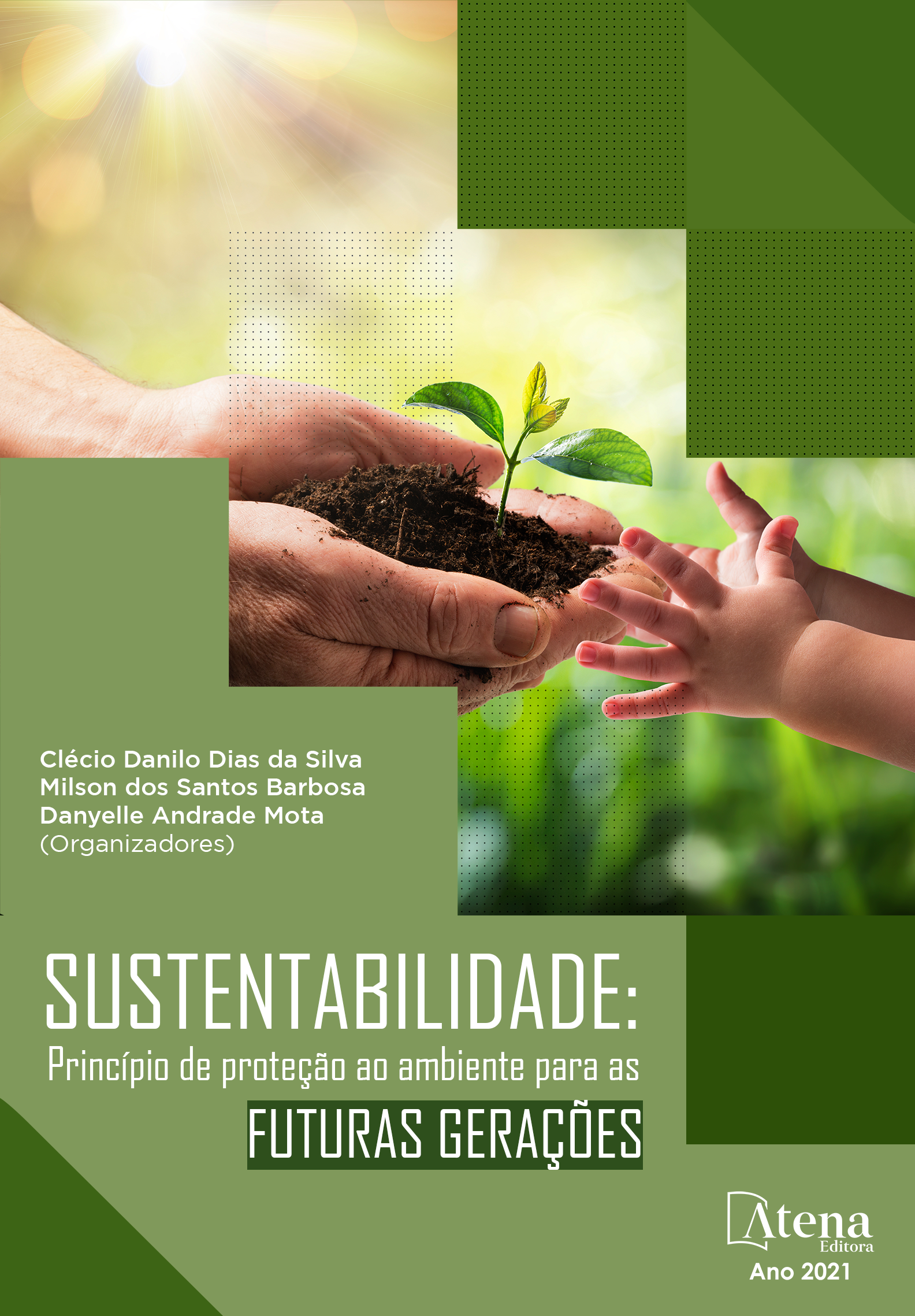
"ENERGIA SUSTENTABLE PARA EL TRATAMIENTO DE AGUA RESIDUAL"
"ENERGIA SUSTENTÁVEL PARA O TRATAMENTO DE ÁGUAS RESIDUAIS"
Resumo
A maior desvantagem do uso do sistema de “lodo ativado” no tratamento de águas residuais é o alto custo associado ao consumo de energia necessária para satisfazer a demanda de oxigênio necessária para atingir a oxidação da matéria orgânica, que em geral representa mais de 50% do consumo de energia de uma planta.
Apresentamos a análise dos parâmetros físico-químicos obtidos durante a operação e manutenção realizada na Planta SPA II localizada em San Juan del Río Querétaro, México, onde este processo foi otimizado, reduzindo custos operacionais, alcançando a eficiência exigida.
Como o consumo de oxigênio do sistema é proporcional às atividades de síntese e à utilização pelas células vivas dos resíduos biodegradáveis descarregados pelas células mortas,
A taxa de crescimento bacteriano também é a mesma e torna-se independente da referida concentração.
Esta é a base para otimizar o consumo de energia, pois é possível melhorar significativamente a eficiência do processo reduzindo os tempos de aeração, o que permite aumentar o aproveitamento da energia utilizada, "High Stress".
As rotas anabólicas são minimizadas e as rotas de degradação da matéria orgânica e a obtenção de energia de reserva são promovidas, além de reduzir a produção de lamas, com a consequente economia de energia.
"ENERGIA SUSTENTABLE PARA EL TRATAMIENTO DE AGUA RESIDUAL"
-
DOI: 10.22533/at.ed.4372123116
-
Palavras-chave: Lodo ativado, Custo, Economia de energia, Otimização, Águas residuais
-
Keywords: Activated sludge, Cost, Energy saving, Optimization, Wastewater
-
Abstract:
"SUSTAINABLE ENERGY FOR WASTEWATER TREATMENT"
Abstract
The biggest drawback to using the "activated sludge" system in wastewater treatment is the high cost associated with the energy consumption needed to meet the oxygen demand required to achieve the organic matter oxidation, which generally represents more than 50% of the energy consumption of a plant.
We present the analysis of the physicochemical parameters obtained during the operation and maintenance carried out at the SPA II Plant located in San Juan del Río Querétaro, Mexico where this process has been optimized reducing operating costs achieving the required efficiency.
Because oxygen consumption of the system is proportional to the synthesis activities, and the use by living cells of biodegradable waste discharged by dead cells,
Tthe bacterial growth rate also is and becomes independent of that concentration.
This is the basis of energy consumption optimization, since it is possible to significantly improve the efficiency of the process by reducing aeration times which allows to increase the use of the energy used, "High Stress".
Anabolic routes are minimized and promotes degradation of organic matter obtaining and energy reserve in addition to reducing the production of sludges, with the consequent energy savings.
-
Número de páginas: 15
- RAMON MERINO LOO
- ELKYN ORANGEL PERILLA SÁNCHEZ
- Aida Velazquez Fonseca


